What a Baby Toy Can Teach You About an Artichoke
Five strange-but-true ways to make your food taste better—from a trick to remember at the supermarket to a foolproof way to keep fruit fresh.
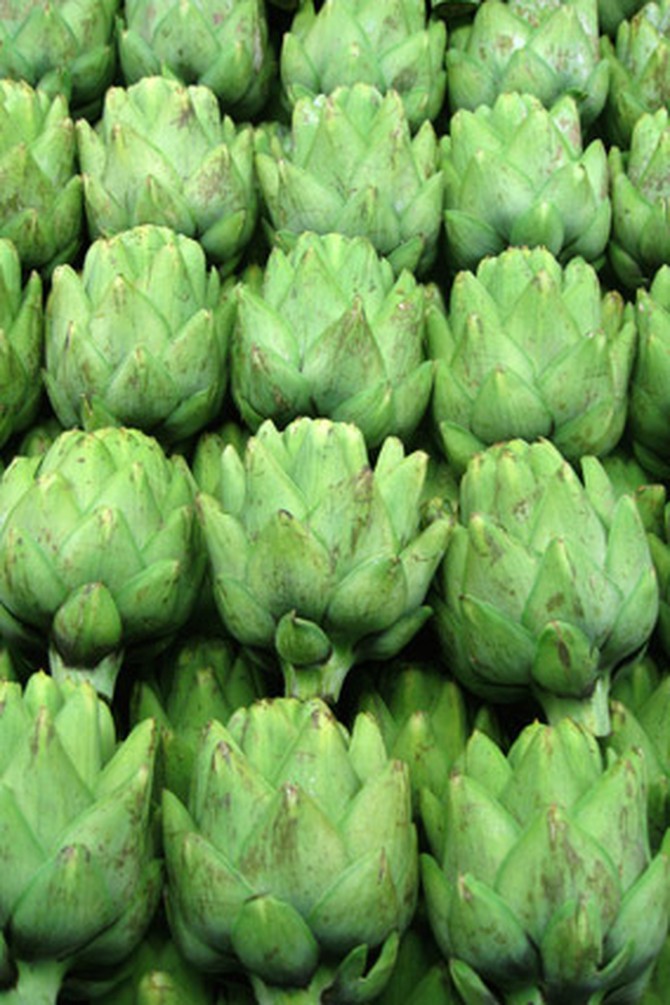
Photo: Thinkstock
Listen For the Noisy Artichoke
You know those baby toys that let out a little squeak when you squeeze them? Turns out those rubber giraffes have something in common with artichokes, says Marcy Smothers, author of Snacks: Adventures in Food, Aisle by Aisle. Smothers spent years amassing all kinds of strange-but-useful tidbits about the foods we eat. She'd heard an old wives' tale that the best artichokes make noise when you give them a pinch, and she tested the theory to see if it works. Turns out that if these leafy thistles are fresh, they will squeak softly when you hold them close to your ear and press gently from both sides. The sound means they're well hydrated—which is exactly what you want, whether you're boiling, steaming, roasting or baking them. And don't discount artichokes that have white blisters or blotches during the winter months. They're "frost-kissed," says Smothers, with a nutty flavor and tender texture.
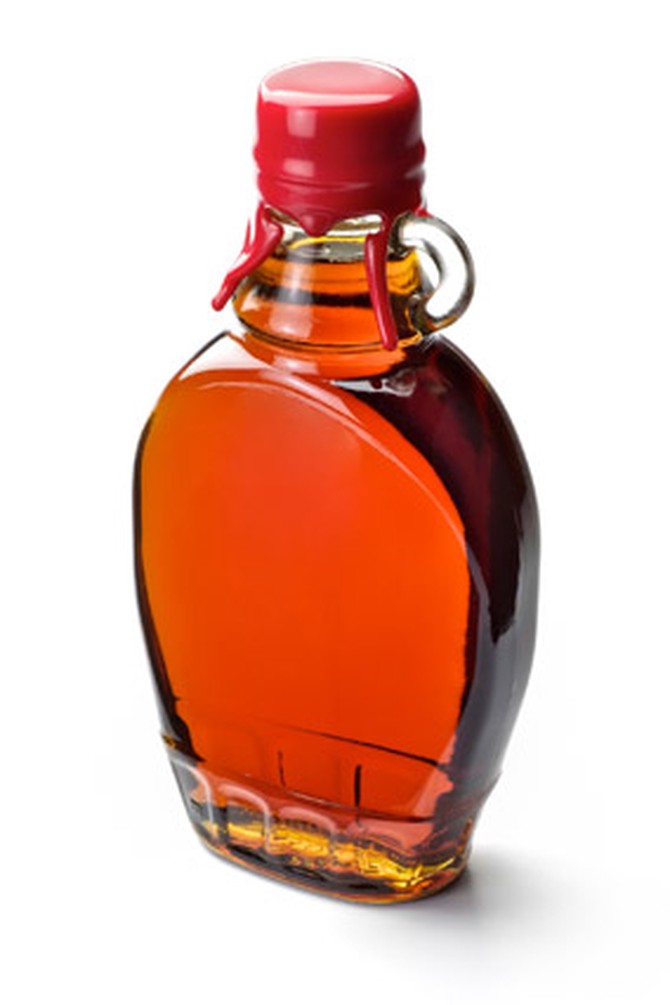
Photo: Thinkstock
Buy Cheap Maple Syrup (It's Better, Really)
Common sense tells us grade A syrup must be higher quality than grade B, but that's actually not (usually) the case. A (which is produced earlier in the season) tends to be light and mild; B is usually darker and more robust, rich on pancakes and excellent in baked goods. The reason for the price difference is based on a complicated history that goes all the way back to the colonists' tastes (this article explains why they prized the clearer stuff now known as A over the more rustic-looking B).
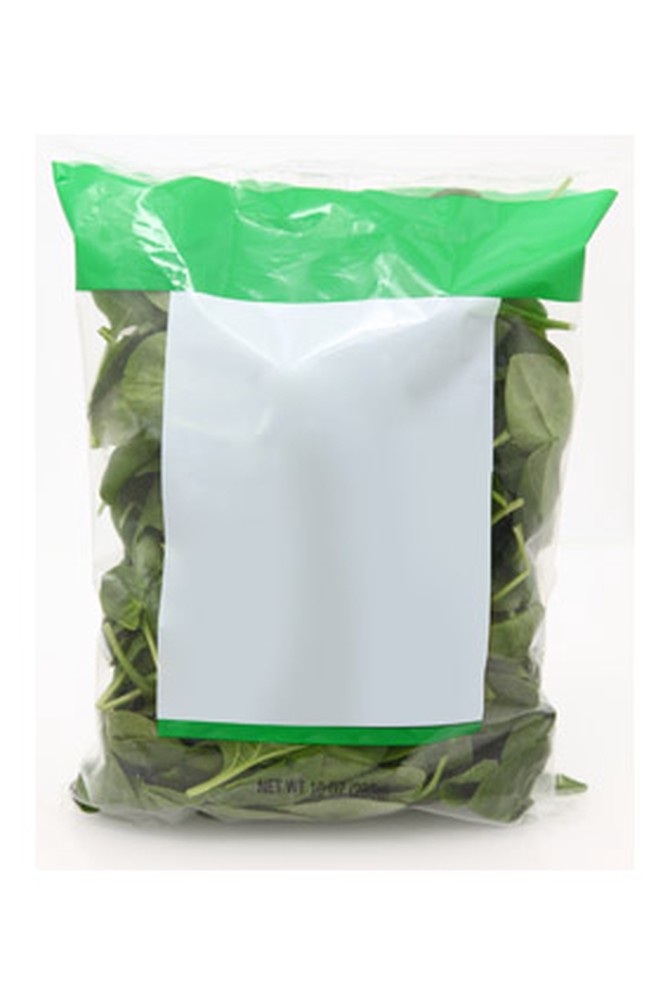
Photo: Thinkstock
Don't Grab the Spinach Bag in the Back
We do it all the time at the grocery store, and Smothers used to, too: dig through the refrigerated shelf for a spinach that's all the way in the rear, thinking we're getting the freshest one. But you're actually better off taking one in front. In her book, Smothers says the USDA has found spinach in clear plastic containers maintains photosynthesis, which helps increase its vitamins and nutrients even after harvesting.
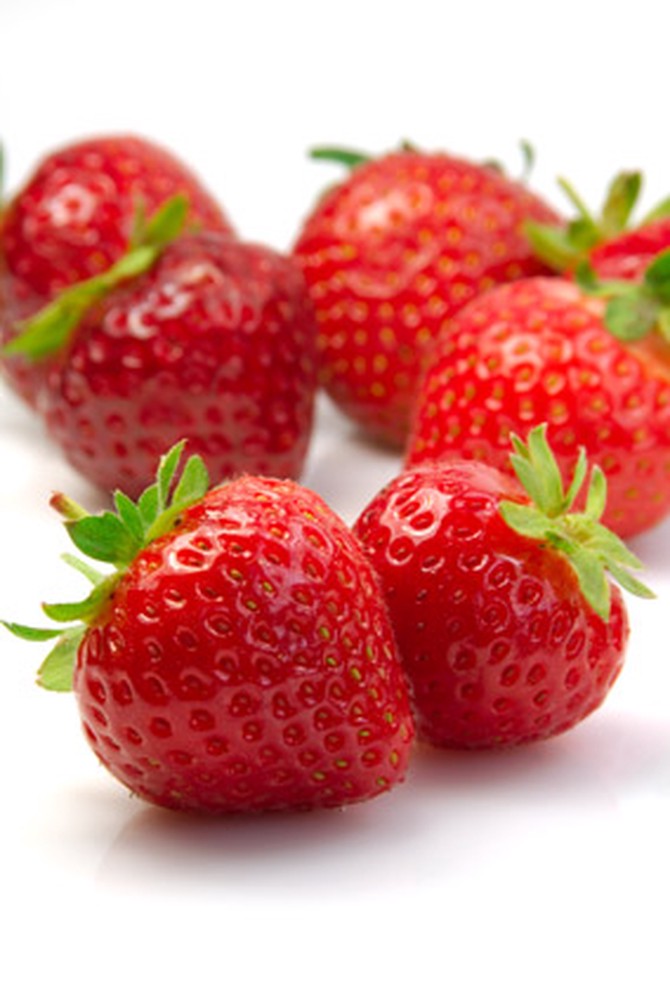
Photo: Thinkstock
Give Strawberries a Hot Soak
Those tiny, round, tart strawberries you find at farmers' markets in June are a thing to behold and look nothing like the hard, trapezoid-shaped, white-in-the-middle varieties taking up space in supermarkets in January. The only problem with those fleeting summer fruits is their apparently short shelf life. Sometimes one day is all it takes for them to turn to a pile of moldy mush. You can avoid this, Smothers says, by following a technique she swears by: Simmer them in very hot water (as in, 125 degrees, which is way hotter than you'd like your bath water) for 30 seconds, then air dry on paper towels and refrigerate. The heat suppresses mold growth.
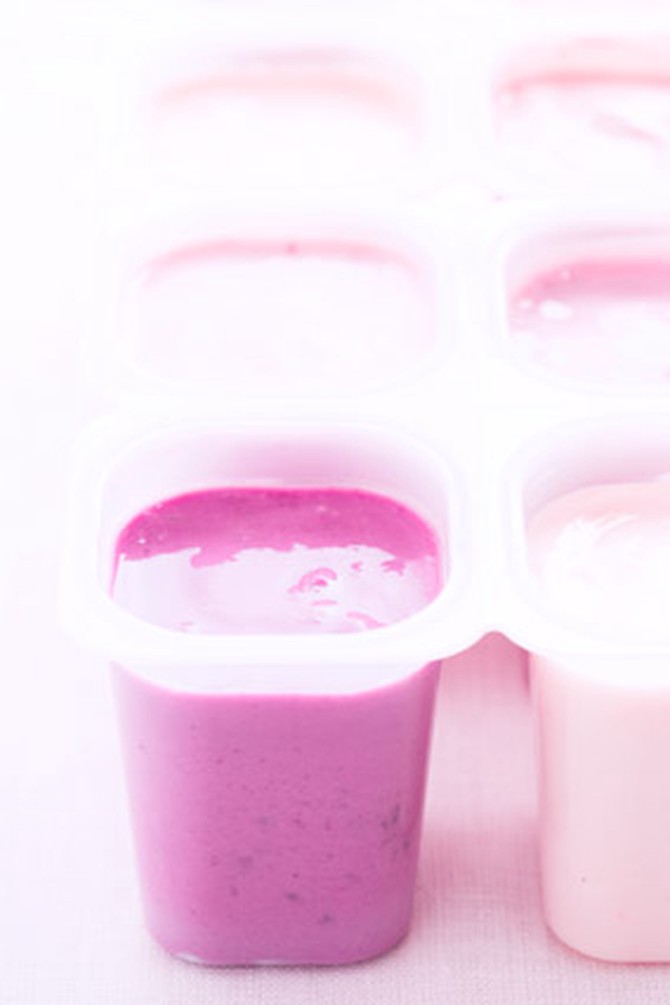
Photo: Thinkstock
Pack Yogurt for the Flight
Eating on a plane is like having dinner when you have a bad cold, Smothers explains. Cabin pressure and low humidity compromise our sense of smell and, therefore, our ability to taste. Sweet and salty foods take the biggest hit (our appreciation of them decreases by 30 percent, Smothers learned from Lufthansa, which owns one of the world's largest simulators for measuring how cabin conditions affect our perceptions of taste). Sour foods, though, tend to taste the same. So next time you're in flight, snack on yogurt or cottage cheese instead of chips and candy. For longer trips with full meals, follow Smothers' advice and bring packets of hot sauce with you to spice up the bland fare (or at least camouflage the taste).
Next: The most important ingredient in your kitchen is...
Next: The most important ingredient in your kitchen is...
Published 04/08/2013

